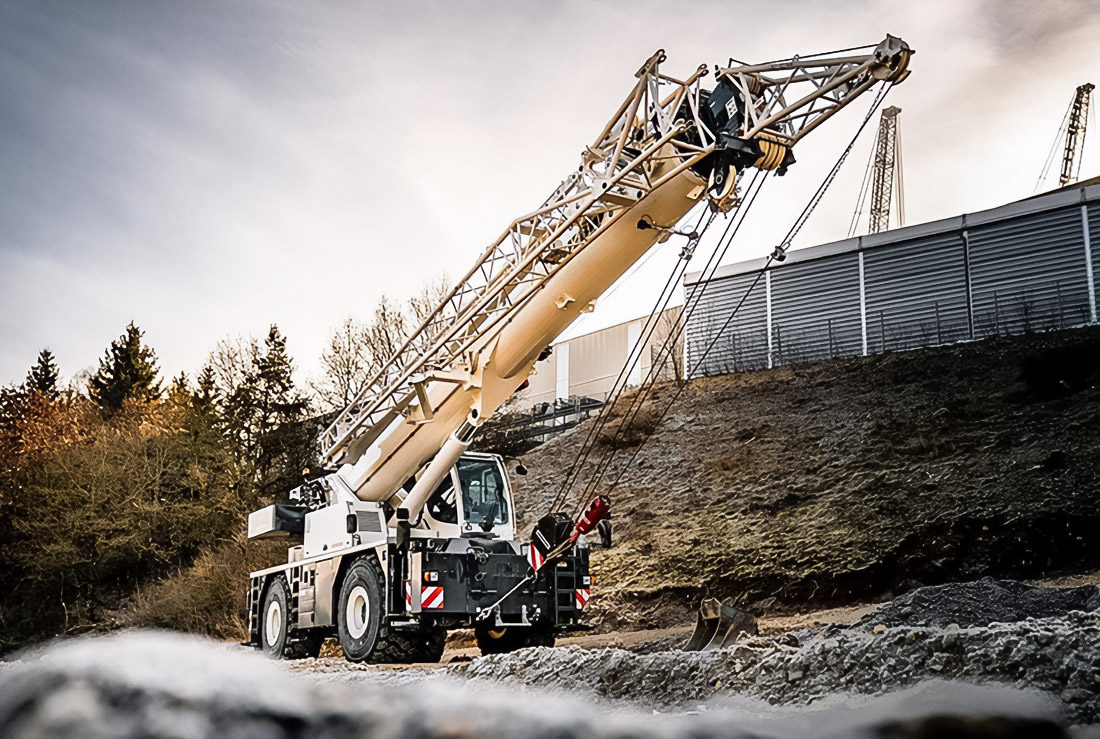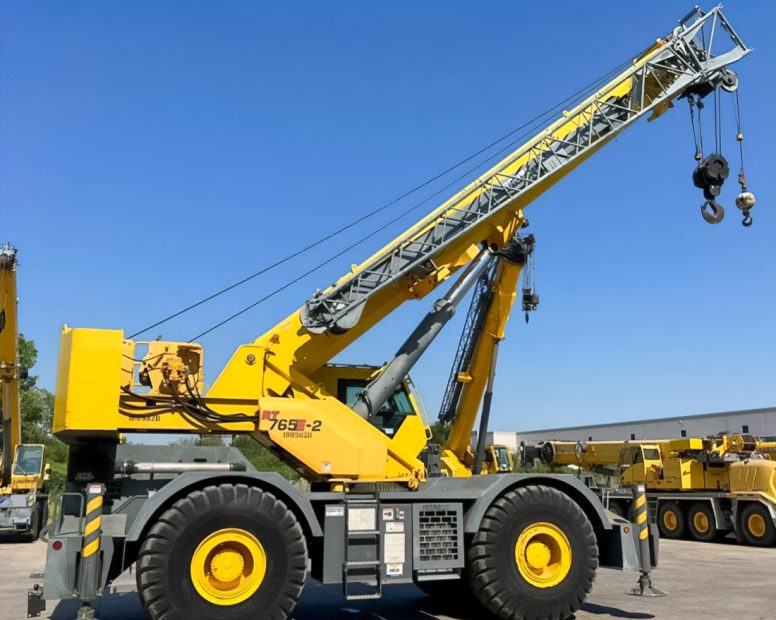Innovative approaches to safe operation of rented cranes thanks to load charts.
Modern construction projects are impossible without the use of cranes, which make significant contributions to lifting and moving heavy materials. However, working with these powerful machines is associated with certain risks. These risks can be significantly reduced with correct application load charts. They constitute an integral part of safe operation cranes, especially in conditions rental when equipment is used by different operators and on various projects. In this article, we excitingly reveal the significance of load charts, their types, and the features used and provide examples of successful practices for increasing safety. For obtaining more information, visit safestlift.com.
Page Content
Unique nature load charts

Load charts — this is not just diagrams or tables. They — beacon safety, which determines maximum allowable loads for cranes in diverse conditions. These charts take into account key parameters of the crane, such as boom length, angle tilt, and height lifting. Their main task is to ensure that the crane will not be overloaded and prevent its tipping or serious emergency situations. Interactive charts are useful primarily in those situations when the crane is rented and often changes operators.
Discover differences in types load charts
- Static load charts: Determine limit values load for stationary crane. The most popular and applied for assessment safe work in static conditions often encountered on construction sites.
- Dynamic load charts: Take into account the influences of the crane, such as rotation and movement loads, on allowable load. The more complex interpretations play a crucial role when working with moving loads.
- Charts for various configurations boom: These charts take into account changes in allowable loads when using different configurations boom, including telescopic or articulated constructions.
Mastery in interpretation load charts
- Determine type crane and its configuration. For this important, precisely know the length and type of boom, as well as the presence of additional devices.
- Identify current conditions operation. Take into account angle tilt, boom, reach, and height lifting for accurate reading data. More about cranes
- Compare with load chart. Determine allowable load for current conditions based on previously collected data.
- Consider additional factors. For example, weather conditions and state sites can affect the stability of a crane.
Key rules safety: how to avoid risks
- Accuracy data: All data should be accurate to prevent errors in interpretation charts. Accuracy data prevents many emergency situations.
- Regular check and calibration equipment: This ensures correct functionality all sensors and measuring devices.
- Training operators: All employees should undergo systematic training for competent interpretation of load charts and management cranes in various conditions.
Study successful cases: experience and conclusions
Errors in the use of load charts can entail serious consequences. For example, in 2019, on a large construction site, a catastrophe occurred when the operator crane incorrectly interpreted the load chart. This led to tipping cranes and significant damage to structures. Later analysis showed that the operator had not considered the influence of wind and did not adjust the allowable load, which caused the occurrence of this accident.
Best practices in use load charts
- Strongly use current load charts. Relevance data guarantees that charts will correspond to the current configuration and state equipment.
- Conduct regular training and simulations. This allows operators to hone skills in interpretation charts and reactions to changing conditions.
- Implement systems control and monitoring. Modern technologies allow real-time tracking of loads on cranes and compare them with allowable values.
- Collaborate with certified specialists. Expert assessment of risks and checking of equipment significantly increase the level of safety on site.
Load charts play a crucial role in the safe operation of rented cranes. Their competent use allows for the minimization of risks related to overload and instability of equipment. For maximum safety, we should pay attention to training personnel, regularly check equipment, and comply with all regulations. This not only prevents accidents but also ensures more effective and reliable performance construction works.
Surfer, traveler, DJ, Bauhaus fan and doodler. Operating at the junction of beauty and mathematics to create not just a logo, but a feeling. Nothing ventured, nothing gained.

